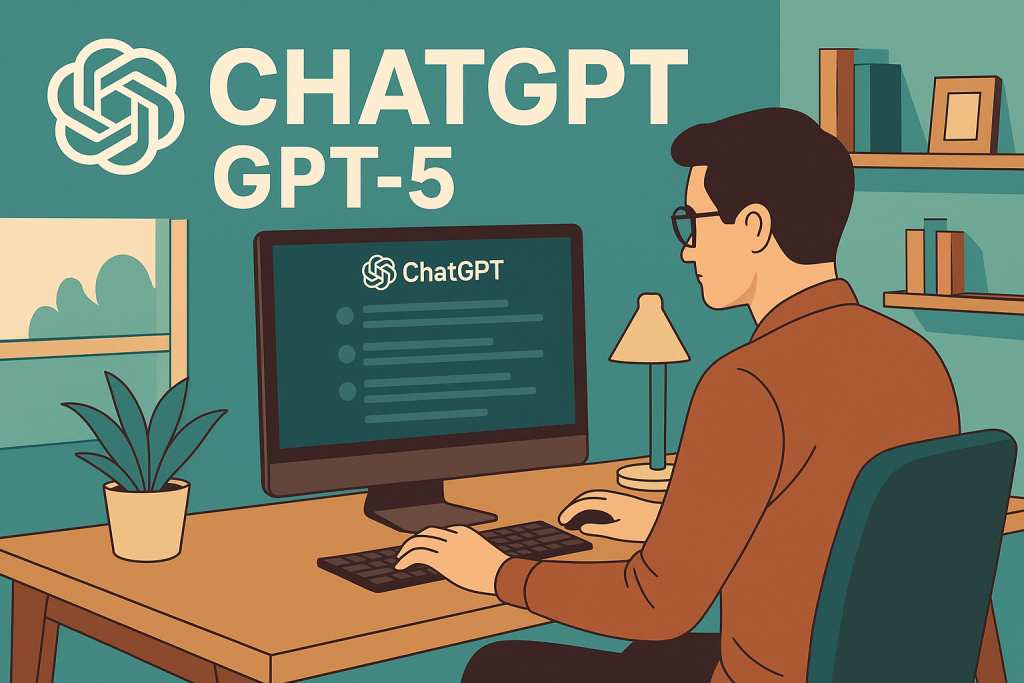Why OpenAI Is Forcing Everyone Onto GPT-5 And Why It Might Actually Work
When OpenAI abruptly removed all previous ChatGPT models and left only GPT-5, users erupted. Long-time fans complained about losing their favorite versions, accusing the company of ignoring their preferences. Yet according to Reid Hoffman, this is not corporate madness, it’s a calculated, high-stakes gamble designed to cement GPT-5 as the default AI for the planet.

A Full-Throttle Bet On One Model
Hoffman describes it as “full-throttle, no-looking-back blitzscale.” By immediately opening GPT-5 to every user, OpenAI eliminates model fragmentation and forces adoption into a single, more powerful ecosystem. The result is a surge in network effects: new users join, existing users are upgraded automatically, and ChatGPT’s pull in the market grows exponentially.
This approach comes with higher service costs, but the company is betting on habit formation. Once GPT-5 becomes integrated into daily routines, from work tasks to personal projects, switching away becomes far less likely.
Price, Scale, And Speed
Pricing is another strategic lever. GPT-5’s input cost is about half that of GPT-4o, $1.25 per million input tokens versus $2.50, while output tokens cost $10 per million. This pricing supports massive scaling without undercutting revenue.
The growth numbers back the urgency. ChatGPT reached 100 million monthly active users in just two months, a feat that took Facebook 53 months. By August, it surged past 700 million, and OpenAI’s goal is to hit one billion weekly active users by the end of the year.
Beyond Benchmarks: Building Everyday Use
Rather than focusing purely on raw AI performance metrics, OpenAI is prioritizing user experience. The GPT-5 launch highlighted real-world applications:
- Healthcare assistants tuned to patient-friendly interactions
- Coding tools designed for frictionless problem-solving
- Support for educators and students
- Resources for small business growth worldwide
By optimizing for how people actually use ChatGPT instead of just showing off technical benchmarks, OpenAI aims to widen the audience and deepen reliance on the platform.
Global Vision, Local Impact
Hoffman paints GPT-5 as “an abundance of intelligence in your pocket.” It’s designed to meet people where they are, any language, any level of expertise, with limitless patience. The vision extends to farmers in India planning crop cycles, solopreneurs scaling businesses, and communities collaborating more effectively.
The Risk And The Reward
Forcing GPT-5 on every user comes with backlash, especially from those who preferred older models. But in OpenAI’s view, consolidating into one model maximizes growth, strengthens the moat, and accelerates global adoption before competitors catch up. If the gamble pays off, GPT-5 could become the first AI tool used by the majority of humanity.